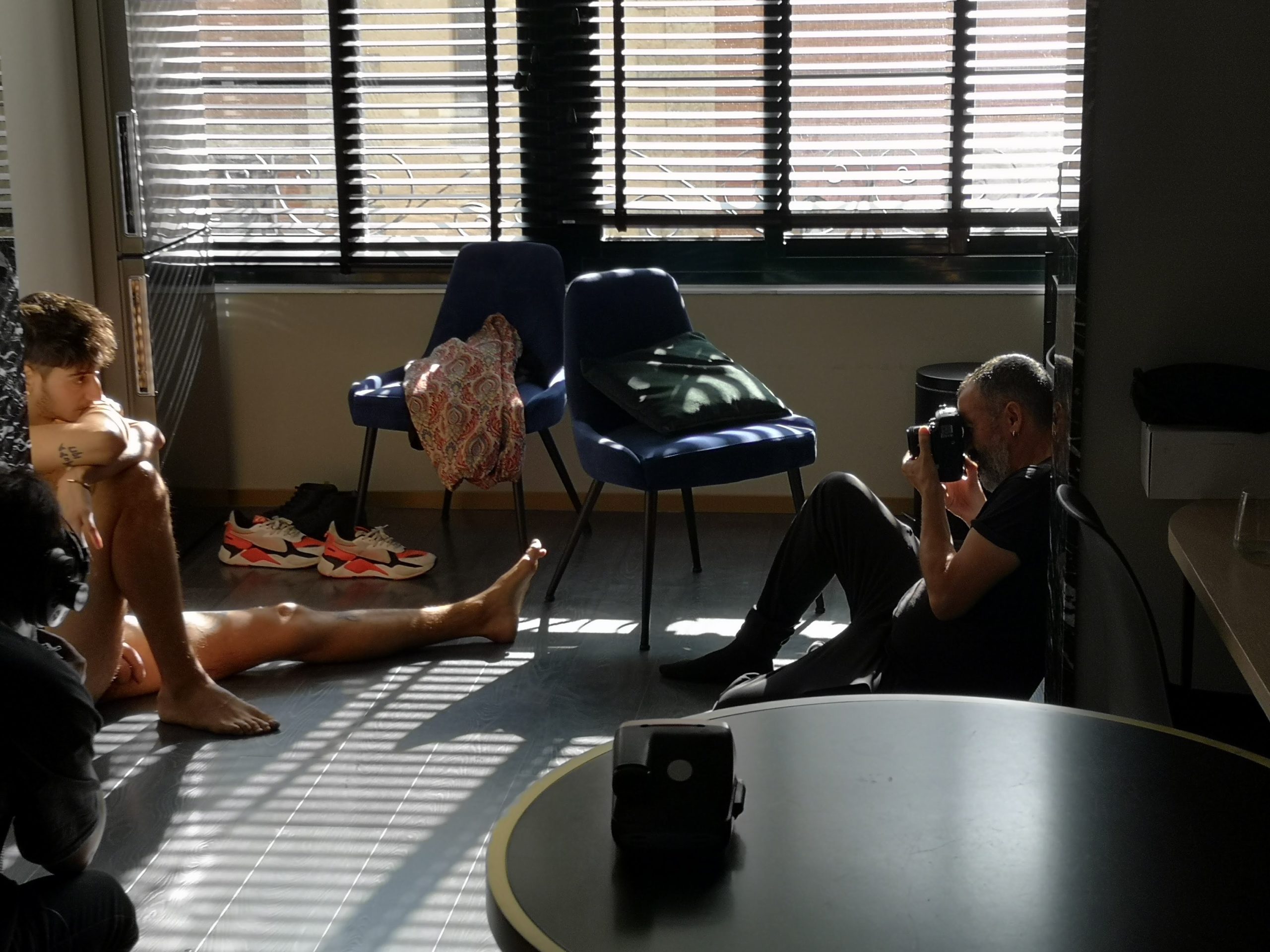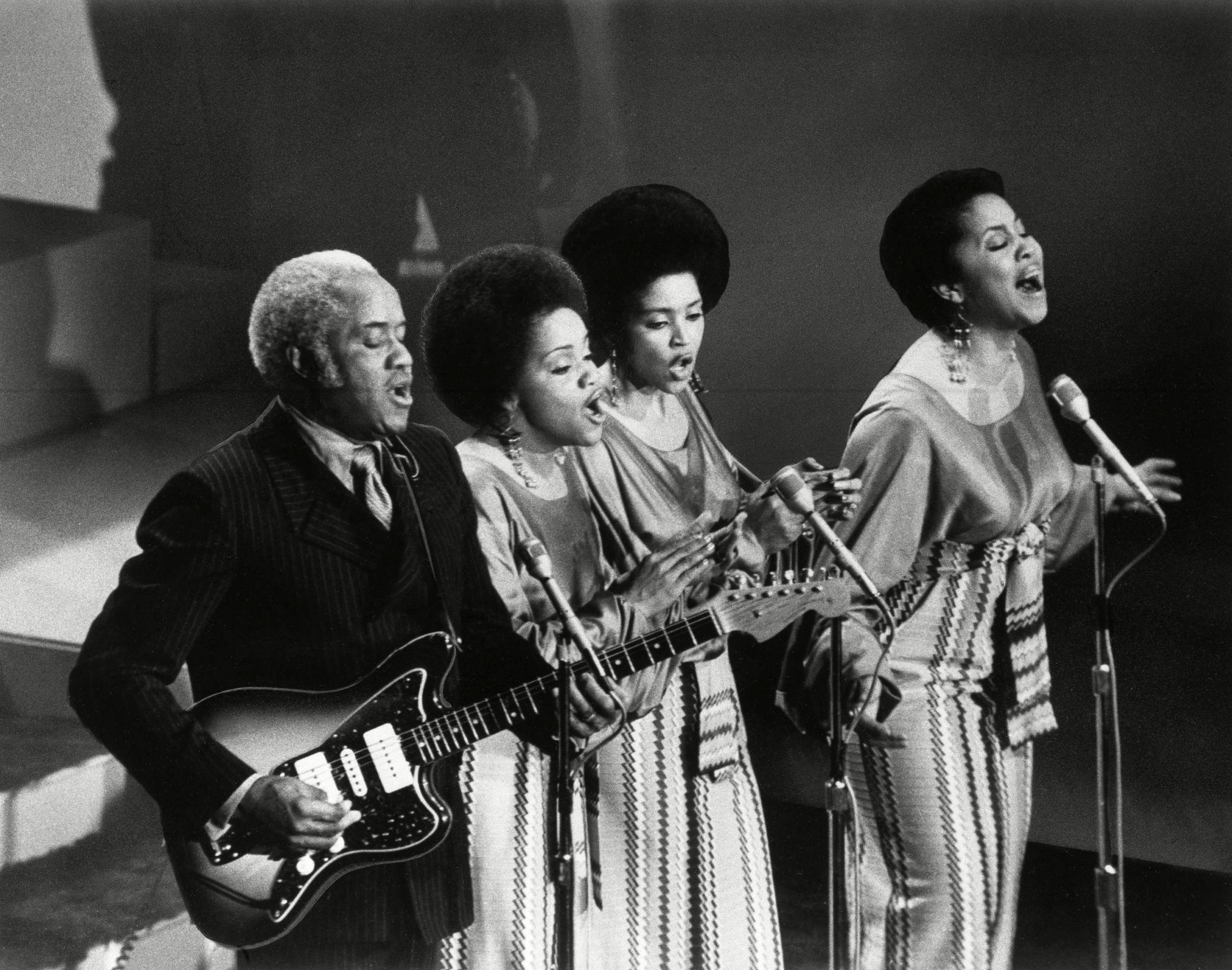A page of queer history gets its due in Ahead of the Curve. This celebratory doc notes the trailblazing legacy of Curve magazine. The film champions those who create spaces for queer people to express themselves and see their experiences reflected in words and images, like Curve did by delivering a publication made by and for lesbians. Ahead of the Curve is an engaging portrait of the fight for visibility and the work that still needs to be done.
The film charts the path for lesbian representation by focusing on the genesis of the magazine as founded by Frances “Franco” Stevens. The former publisher recalls having an a-ha moment when she realised that she was a lesbian after taking some sex ed classes during college. She shares how this revelation finally allowed her to define the feelings she experienced stirring in her soul, but never quite knew how to articulate the urges that confused her while she was married to a man and going through the motions of a heteronormative patriarchal society. Stevens tells how her ex-husband outed her to her family, therefore controlling the narrative of a story that was really only hers to tell. However, this experience inspired her to create a space for lesbian voices and perspectives. For a lot of us who identity as queer, visibility often means recognizing oneself or one’s story in the words of someone who was brave enough to articulate their experiences in a public way. This film salutes those who take these bold leaps.
The road to lesbian visibility comes full circle as Stevens speaks about gathering friends and securing the funds DIY style—maxing out credit cards and betting on horses—to get the mag off the ground. Participants from the founding issue recall the impact of launching the magazine, originally called Deneuve, in 1990, at a time when the few outlets covering queer issues focused almost exclusively on white gay men. The film captures the camaraderie of the publication’s creation through a humorous sequence in which the contributors explain the magazine’s original title. Some suggest it was the name of Stevens’ first cat and others say Stevens’ first love, while others suggest a nod to the canonical lesbian vampire flick The Hunger starring Catherine Deneuve—a point the French actress obviously considered too, as she sued the magazine for trademark infringement in 1995. Curve therefore was reborn at a time when society was opening up and celebrities like Melissa Etheredge and Ellen DeGeneres were coming out as lesbians.
The interviewees underscore the challenges the magazine faced, which reflected the marginalization of lesbians at the time. Stevens and contributors note the boldness and significance of simply including the subtitle “a lesbian magazine” on the cover, while also harnessing the power of bookstores and newsletter lists to reach people in search of content that reflected their lives. Advertisers balked at buying space for female-focused queer content, while celebrities resisted the exposure, fearing that coming out risked damaging their careers. Nevertheless, the mag’s road to becoming the most successful lesbian publication testifies to the power of owning one’s voice and staying true to one’s mission.
Ahead of the Curve isn’t all celebratory. It unpacks the challenges that come with creating visibility and exposure for a diverse demographic. Talking heads note that Curve favoured lipstick lesbians and women who could just as easily score the cover of People or Rolling Stone if they weren’t out. However, the doc illustrates the importance of taking this criticism in stride and fostering a dialogue about community and intersectionality. As the film flips through the archives of Curve, it highlights stories and images that added nuances for butch lesbians, butch-femmes, Black, Latina, People of Colour, and transgender women along the way. Aware of the power of feeling seen, the editors, publishers, and readers articulate an evolving dialogue about what it means to be a “woman” or a “lesbian.” Even one contemporary sequence captures a town hall style meeting in which Curve readers discuss the limitations of the term “lesbian” in favour of the more all-encompassing “queer.” This film quite succinctly conveys the need for nuance and openness when using one’s platform.
Ahead of the Curve also unpacks the challenges of forging ahead as a small, independent publication at a time when the magazine business was changing. Ahead of the Curve shows how publishing often involves a leap of faith and a committed audience who genuinely believes in the voice, mission, and product. And when a magazine introduces itself as the only voice there is for an entire corner of the population, readers need to amplify that voice as loudly and as proudly as they can.
Ahead of the Curve is streaming in digital release, including at TIFF.net where rentals include a Q&A with Franco Stevens, Jen Rainin, Rivkah Beth Medow, Kim Katrin, and Andrea Pino-Silva.














